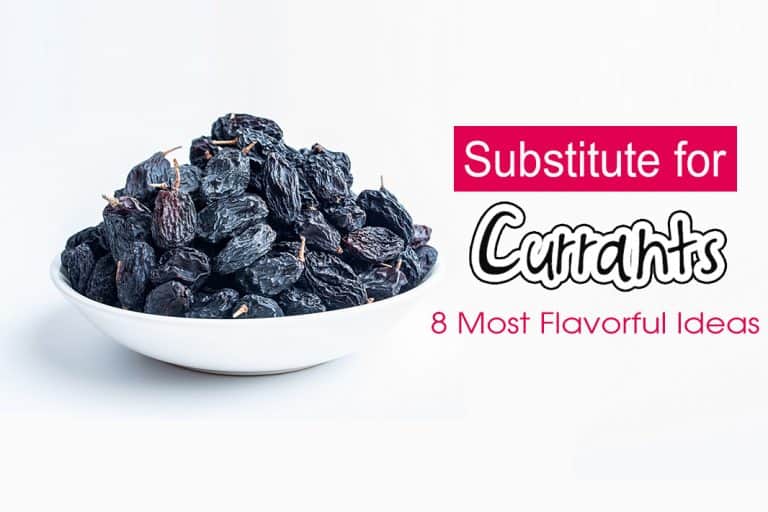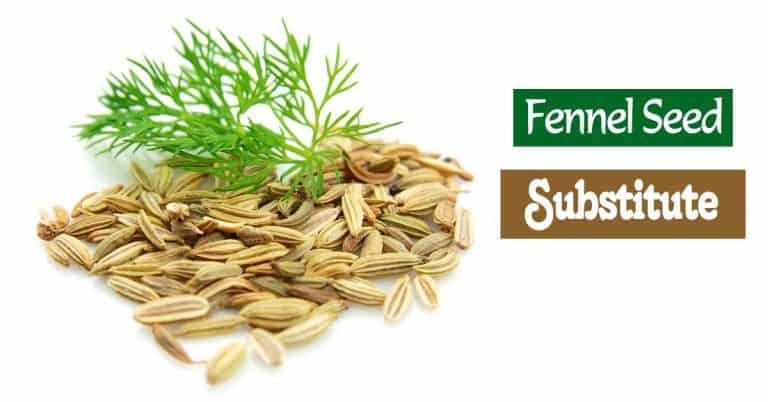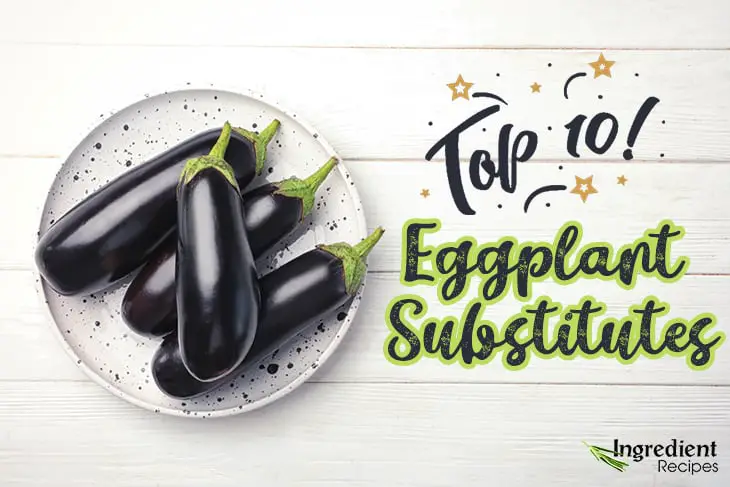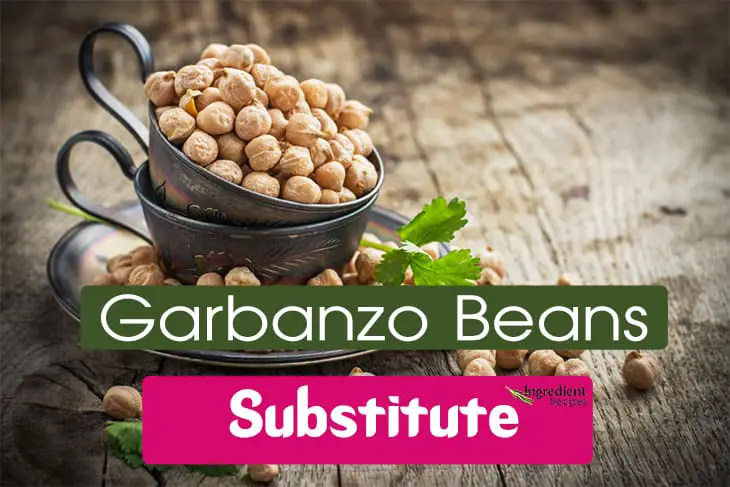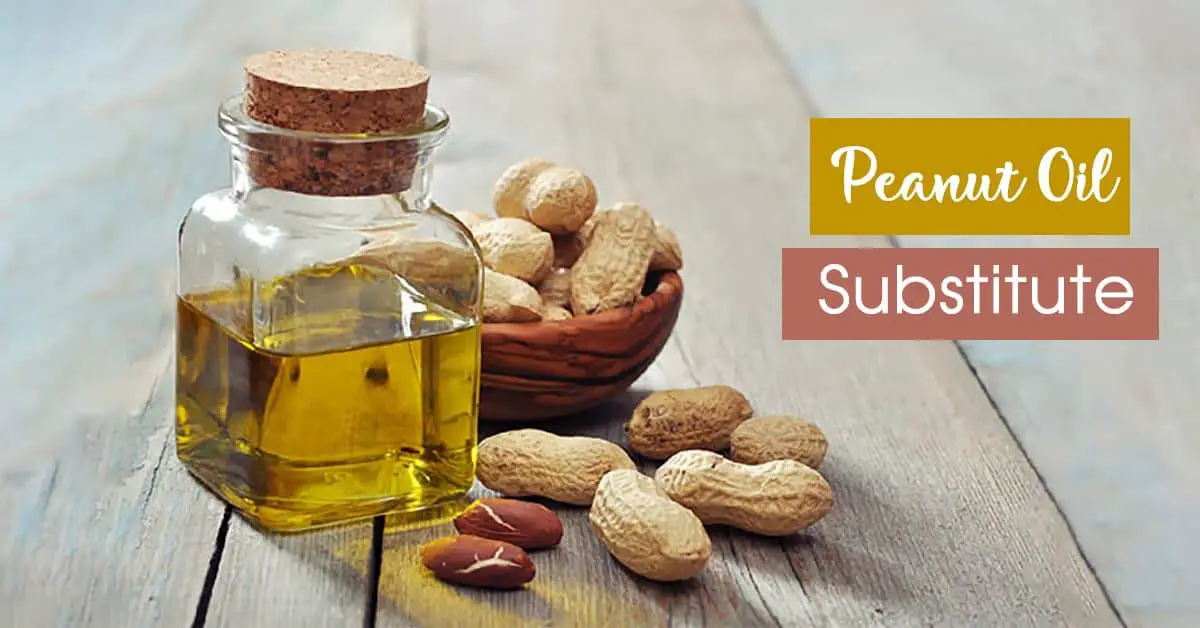
Welcome back to our substitution department! Today, we will walk you through 14 different peanut oil substitute ideas to bring out the best.
Peanut oil is no stranger to home cooks. Be it cold-pressed, refined, or blended varieties, this groundnut oil adds a nutty touch to your dish while still preserving the original flavor.
And that it is so widely used may put you in a pickle as you run out of this ingredient. This time is when its substitutes come in handy. Let’s dive right in!
Top 14 Peanut Oil Substitute Options
1. Almond Oil

We all know almond oil as a great companion of our skin, but it also shines as a cooking assistant. It beautifully replaces the nutty fragrance of peanuts and also adds a sweet touch to your recipe. But this substitute is not a budget-friendly option.
This oil comes in cold-pressed and refined variations. The cold-pressed oil, with a smoke point of 420°F, is best used in deep-frying, baking, roasting, sautéing, stir-frying, while we love drizzling the refined version on salads for a glossy finish.
Almond oil is full of vitamins and antioxidants, promoting heart health, stabilizing blood sugar levels, and preventing free radical damage.
What’s more, vitamin E abounding in this ingredient works as a moisturizer for your skin and hair. It also aids in the healing process and protects your skin against sun damage.
2. Sunflower Oil

Sunflower oil will fill in the nutty blank of peanut oil and none other than that, as it brings out a mild flavor. What makes it appealing is the pleasantly nutty aroma.
Another selling point of this product is its prolonged shelf life, making sunflower oil a practical peanut oil substitute at all times.
You can use this oil in stir-frying, baking, or salad dressing. If you are a fan of Japanese food, don’t miss the Yaki udon for the world. The secret here is to add a tablespoon of sunflower oil. All the colorful veggies and noodles will look so shiny and mouth-watering that you lick the dish clean.
Aside from being fat-free and low in cholesterol, sunflower oil also provides phytochemicals like phenolic acid and choline, beneficial for the heart. Unlike groundnut, this one is light in texture for better absorption and supporting digestion.
3. Walnut Oil
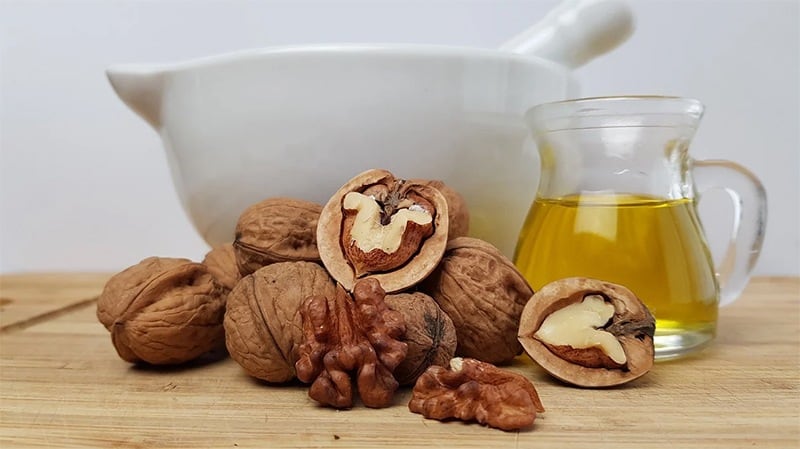
Walnut oil has everything required to substitute peanut oil, from texture to flavor. It comes in a thick consistency and delivers a rich flavor profile with a nutty fragrance. The only deal-breaker of this alternative may lie in its hefty price.
It is best to toss this oil to pasta, drizzle over salads or dips, and jazz up desserts or fruit-based recipes. Also, fish and meat are two favored pairings of walnut oil.
Keep in mind that it can become bitter when cooked at a high temperature, so deep-frying or long cooking is not recommended.
Our go-to recipe for a chilling weekend is the spicy skirt steak and walnut oil chimichurri. The smoke point of this oil (320°F) is just right to cook the steak to perfection.
Who can say no to a juicy and tender steak well-flavored with a spicy, sweet, and acidic chimichurri sauce? Even better, this recipe works well with any skirt steak alternative.
Well, people call walnuts the king of nuts for a reason. With the diverse nutritional profile of antioxidants, vitamins (C, E, Bs), and omega-3 fatty acids, it is an all-around booster for your skin, hair, and health.
4. Canola Oil

Canola oil, also called rapeseed oil, is a versatile ingredient in the culinary world, offering a mild taste that will not affect the whole dish. Though it lacks the nutty hint of peanut, it turns out the perfect stand-in if you don’t want any extra taste in your recipe.
This all-purpose oil can pop up in many applications, such as grilling, roasting, sautéing, stir-frying, deep-frying, baking, and salad dressing. Also, you will want to pair it with turkey, chicken, and some spices like chili flakes, garlic, or rosemary.
Canola oil is chock-full of omega-3 and omega-6, essential for brain function. It contains only 7% of saturated fat, which reduces cholesterol levels. Vitamins E and K found in this ingredient also diminish aging signs like acne, wrinkles, fine lines, spots, and blemishes.
5. Grapeseed Oil
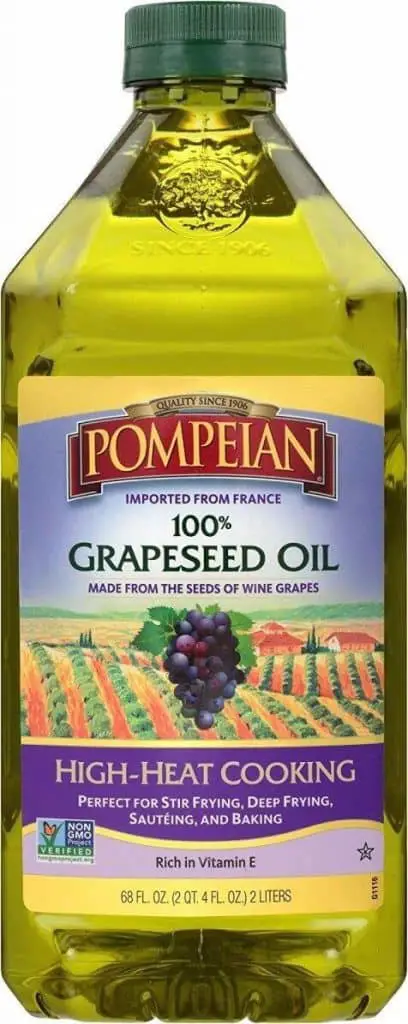
This pick is extracted from the leftover grape seeds when making wine. It is not a super healthy substitute but comes with a great heat tolerance living up to peanut oil.
You can’t expect a nutty trace from grapeseed oil as it is tasteless. But this property makes it an easy-going ingredient to replace groundnut oil in a pinch.
You can utilize it in pan-frying, pan-searing, stir-frying, roasting, grilling, or marinades. Deep-frying is not a wise application since this oil may cost you a small fortune.
Interestingly enough, the amount of vitamin E in this ingredient is even higher than in olive oil. This vitamin is not also a booster for your immune system but a skin-friendly moisturizer. Even better, its omega-6 and omega-9 do wonders for your brain and eyes.
6. Safflower Oil
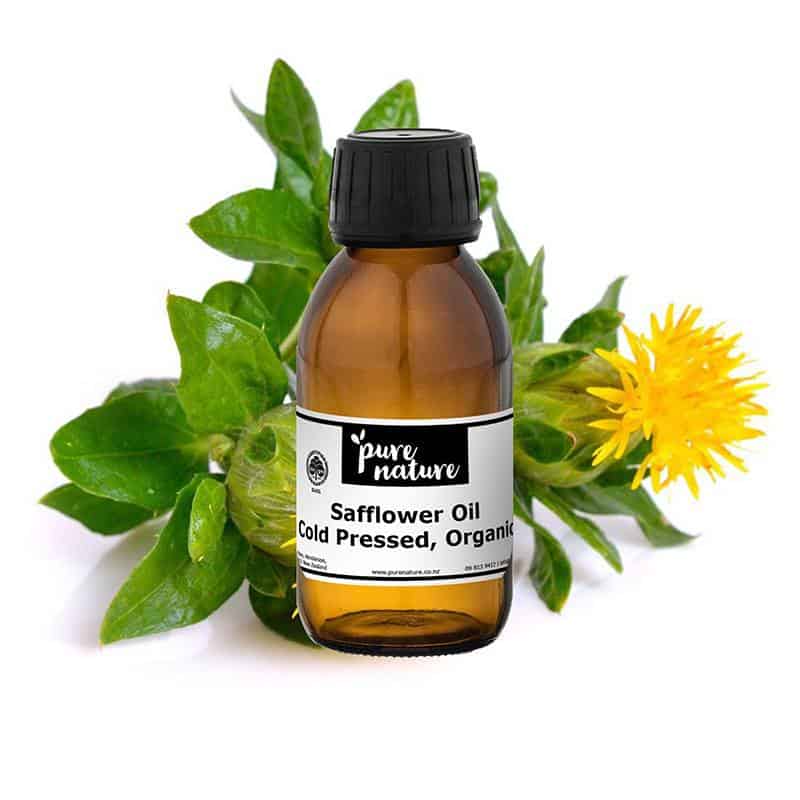
Don’t let the name fool you. This oil is not extracted from the flowers but the seeds. Safflower oil also misses the nutty flavor of peanut, but instead, it has a surprisingly high smoking point of 510°F to satisfy your cooking purposes.
With this superior heat tolerance, safflower oil is ideal for deep-frying, pan-searing, sautéing, baking, salad dressings, and garnishing for raw dishes.
The linoleic and linolenic acids in safflower oil help lower cholesterol levels and the risk of heart disease. The best thing is, safflowers contain chemicals with blood-thinning properties to prevent clots, widen blood vessels, reduce blood pressure, and promote heart health.
7. Sesame Oil
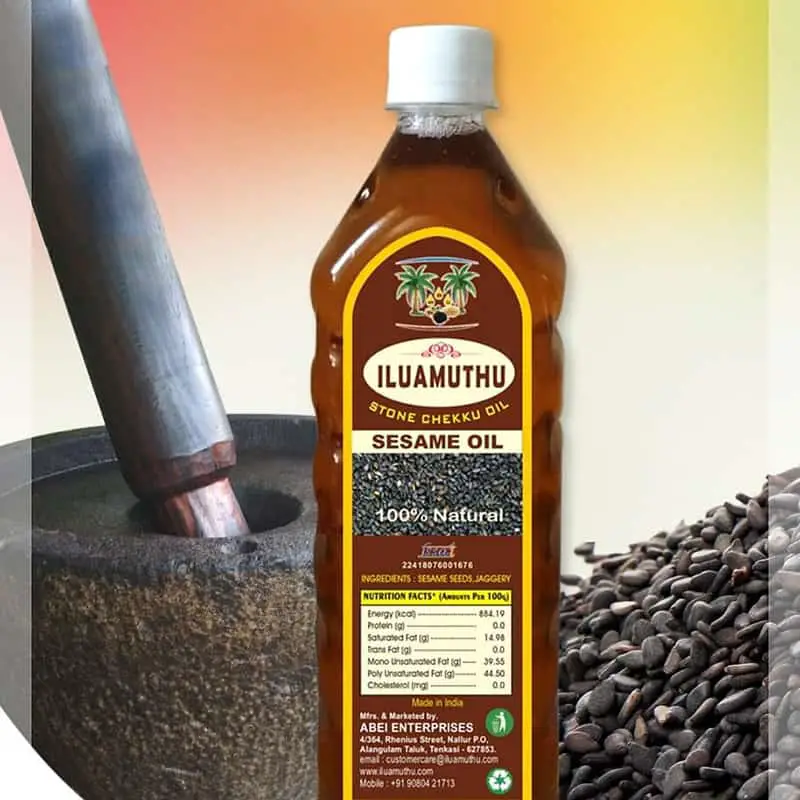
Sesame oil can compete with other options on this list for the best peanut oil substitute for its dense and nutty flavor. But it comes out in the below-the-fold place due to its availability. It mostly appears in Asian rather than American cuisine.
You can find two different variations of sesame oil: light and dark. Light oil comes with a higher smoke point, optimal for deep-frying.
Meanwhile, with a lower smoke point, the dark version will assist you in stir-frying, Asian-style salad dressings, and dipping sauces. You will frequently encounter this ingredient in many Chinese dishes with meat, tofu, or veggies.
Sesame oil seems to fall behind other candidates when it comes to health perks. But it still brings you a great amount of magnesium, helping lower blood pressure. What’s more, its antioxidants can prevent plaque build-up.
8. Olive Oil
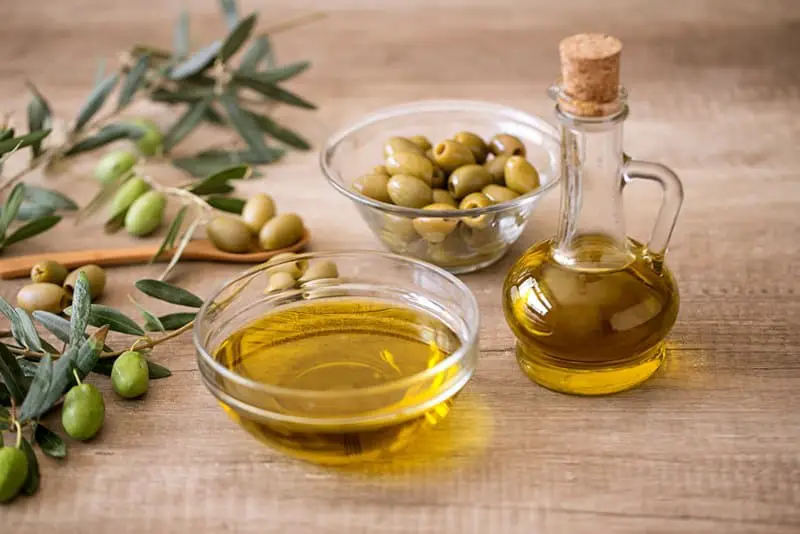
Olive oil is a staple in most home kitchens, so this ingredient is a decent stand-in for peanut oil if you are in a rush. This replacement will give you more twists than you can expect, leading you from a fruity kick to a bitter undertone and ending with a peppery undertone.
The smoking point of olive oil varies, ranging from 374 to 405°F, making it a good fit for most sorts of cooking. You can toss it in pasta, sauces, soups, salads, pizzas, baked food. Also, it’s best to match olive oil with grilled or roasted white and red meat.
Olive oil is an abundant source of oleocanthal and hydroxytyrosol, boasting anti-inflammatory, antioxidant, cancer-fighting, and antimicrobial properties. It also comes with brain-nourishing nutrients to support brain function and healthy memory.
9. Avocado Oil

Avocado oil is a rising star in the culinary world. If you do care about cooking, you’ll see its increasing popularity. Extracted from avocado flesh, you can expect a buttery and nutty hint in a creamy texture.
There is no reason not to replace peanut oil with it except for the expensive price. But its versatility and health perks make it a bang in your buck.
This oil comes with the highest smoke point of 520°F, making it suitable for frying and roasting. The flavor is not that intense, so feel free to drizzle it on salads, stir-fried veggies and noodles, and tempura. Also, its creamy texture is ideal for making sauces like Hollandaise or mayonnaise.
Avocado oil deserves a heart-healthy ingredient, high in monounsaturated fat (oleic acid). This fat is linked to decreasing bad cholesterol (LDL) and increasing good cholesterol (HDL). Lutein and vitamin E in avocado also do wonders for your eyesight and skin.
10. Soybean Oil
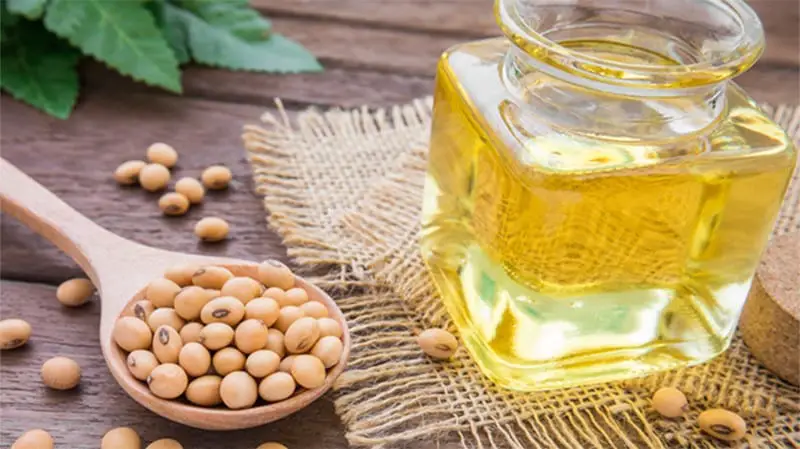
If you love fried food and usually deep-fry huge batches of ingredients, soybean oil is the way to go. It is a mild, neutral oil and pairs well with many other ingredients without hurting your budget.
The best thing is, soybean oil shows an incredible heat-tolerant property, smoking at 495°F. So, you can use it in most cooking methods, from deep-frying, sautéing to baking. But we don’t recommend using it in salads as some can’t stand its distinct aroma.
Soybean oil has long been known as a healthy cooking oil. Consuming it can lower cholesterol levels, strengthen your bones, boost skin health, and bring essential omega-6 fatty acids.
11. Corn Oil
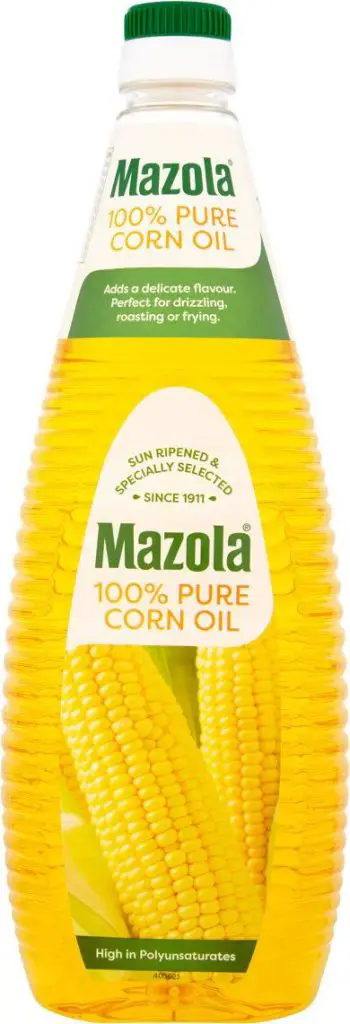
Corn oil is another budget-friendly option on this list. So, if you are searching for an economical peanut oil substitute for mass serving or commercial use, here comes your savior. Its flavor is not very special, quite mild with a buttery hint.
Smoking at 450°F, which is comparable to groundnut oil, this oil can be used for searing, sautéing, frying, baking, and making margarine.
Corn oil is packed with phytosterols and linoleic acid, which aids in lowering the risk of heart disease. Vitamin E in this ingredient is a powerful antioxidant, preventing oxidative damage to blood vessels and the heart by fighting off free radicals.
12. Macadamia Oil
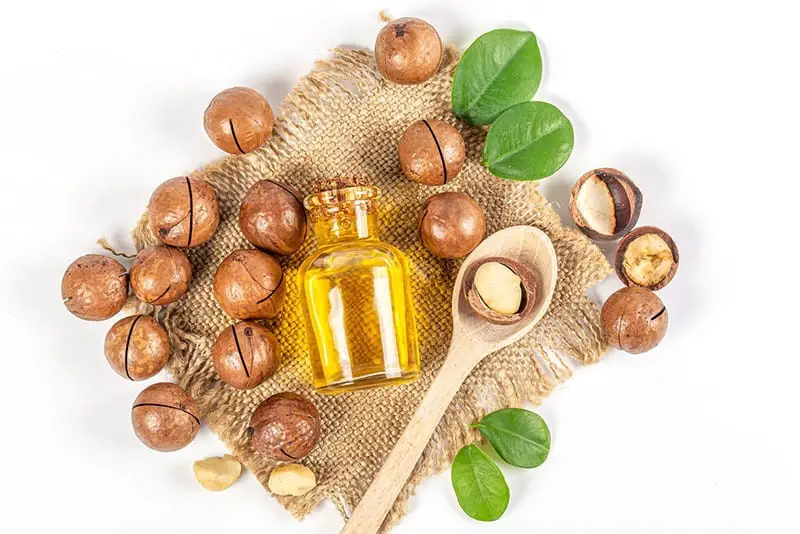
Macadamia oil is not something you will put on your checklist at first for its exorbitant price. But you might reconsider after knowing its great flavor and nutritional profile.
The nutty kick of this oil even outperforms peanut, along with a buttery, sweet hint and nice aroma delicately saved from the nuts. Macadamia oil serves its best in baked, roasted, sautéed, and grilled dishes. And it is just so subtle to work perfectly as a salad dressing.
Like other nut oil, macadamia oil is a good companion to your heart. It is also rich in fiber, supporting your digestion and slowing down sugar absorption into the bloodstream. Its high-calorie content makes it an energy booster even with a small portion of salad.
13. Flaxseed Oil

You can trace a nutty hint in flaxseed oil, but it nearly falls on the tasteless side. That said, its mild flavor is a plus when it comes to pairings.
Keep in mind that this is a low-heat oil. You can add it to soups, stews, sauces, casseroles, salads, or baked recipes. If you want to use it for grilling or searing, add it after finishing.
Flaxseed oil deserves a nutrition powerhouse, chock-full of vitamins (B1, B6) to support a healthy brain and minerals (calcium, iron, folate) to manage cholesterol levels and promote body growth.
Vegans also love to add this oil to their diet for its abundance of omega-3 and protein.
14. Vegetable Oil

If you are allergic to peanuts or nuts in general, it’s time to switch to vegetable oil. It is a mild oil processed from various plants or veggies. Baking, frying, or stir-frying are some common applications of this ingredient.
Vegetable oils are prized for offering numerous health perks. It is a great source of energy and carries essential nutrients, vital for metabolism and body growth, supporting brain cells, and lowering the risk of heart disease.
Frequently Asked Questions
1. How To Make Peanut Oil At Home?
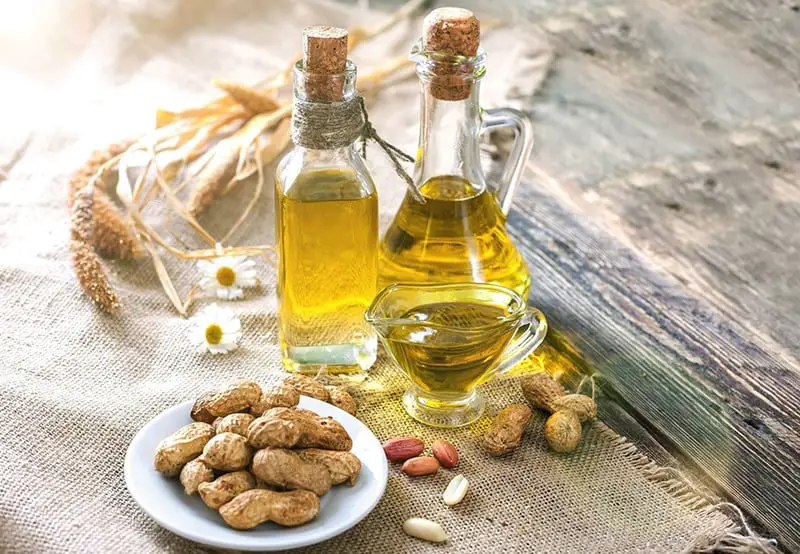
Why not make peanut oil at home instead of finding something to replace it? Here is the easy-to-follow guide for you.
Step 1: Choose peanuts
As a rule of thumb, with 3 cups of groundnuts, you have 1 cup of oil. Based on this ratio, you can adjust the required amount of purchase. Remember to choose fresh peanuts in grocery stores.
Step 2: Prepare
If you get unshelled peanuts, break their shells. Next, remove the aril. To make it easier, you can either fry them for about 5 minutes first or wash them with cold then warm water. Soak the clean nuts in warm water for about 10-15 minutes.
Step 3: Make peanut paste
Drain the water and blend the nuts in a blender. You will want to stop when the paste becomes smooth and butter-like. Pour the peanut paste into an air-tight jar, and refrigerate it for at least 24 hours.
Step 4: Separate the groundnut oil
When you notice the oil rising on the top, it’s time to filter out the final product. Strain the mixture (of oil and paste) using a colander. Repeat until you find no peanut leftover. And your homemade peanut oil is ready to serve.
2. How To Store Cooking Oil Properly?
Dos
- Keep the oil in dark-colored glass bottles with tight caps. Blue or green is recommended but not brown as it absorbs too much light.
- Store the oil in a cool and dark place like a pantry or cupboard.
- Check the smell and taste regularly. If the oil smells slightly wine-like or tastes metallic, it has turned rancid.
- Check if it’s a refined or unrefined product. Refined oil can last from 6-12 months, while unrefined products offer a shorter shelf life of about 3-6 months.
- It’s best to store avocado, sesame, safflower, and corn oil in your fridge.
Don’ts
- Don’t use iron or copper containers to store oil. Chemical reactions will occur, making the oil unsafe to use.
- Don’t place them in places exposed to too much sunlight like window sills and frequent temperature changes like next to the fridge, oven, kettle, toaster, etc.
- Don’t pour the oil directly down the drain as it can cause clogging.
3. What Are Some Tips When Cooking With Oils?
- When frying, heat the oil before adding the food. Your food soaks up less fat in hot oil.
- Never heat oil to the point that it begins to smoke since it is more likely to burst into flames. The ideal temperature for frying is somewhere between 300°F to 375°F.
- Start with only 1 teaspoon of oil when sautéing and add more if necessary. Wine or salt-free broth makes a great substitute for oil in this case.
- The best fits for baking is canola, vegetable, or sunflower oil.
- You don’t want to drizzle sesame or walnut oil a lot as they are very flavorful.
Conclusion
You don’t need to worry when running out of peanut oil since it’s easy to get your hands on all the ingredients above. They work just fine to bring out the distinctively nutty kick of peanut.
If you are in a rush, vegetable oil will be your savior, not only as a peanut oil substitute but an all-around ingredient for many recipes as well.
Related Posts:
- 8 Best Almond Extract Substitutes For Your Recipes
- Top 10 Best Substitute For Potato Flour That You Can Find Anywhere!
- Substitutes For Water Chestnuts: 7 Most Common Choices

